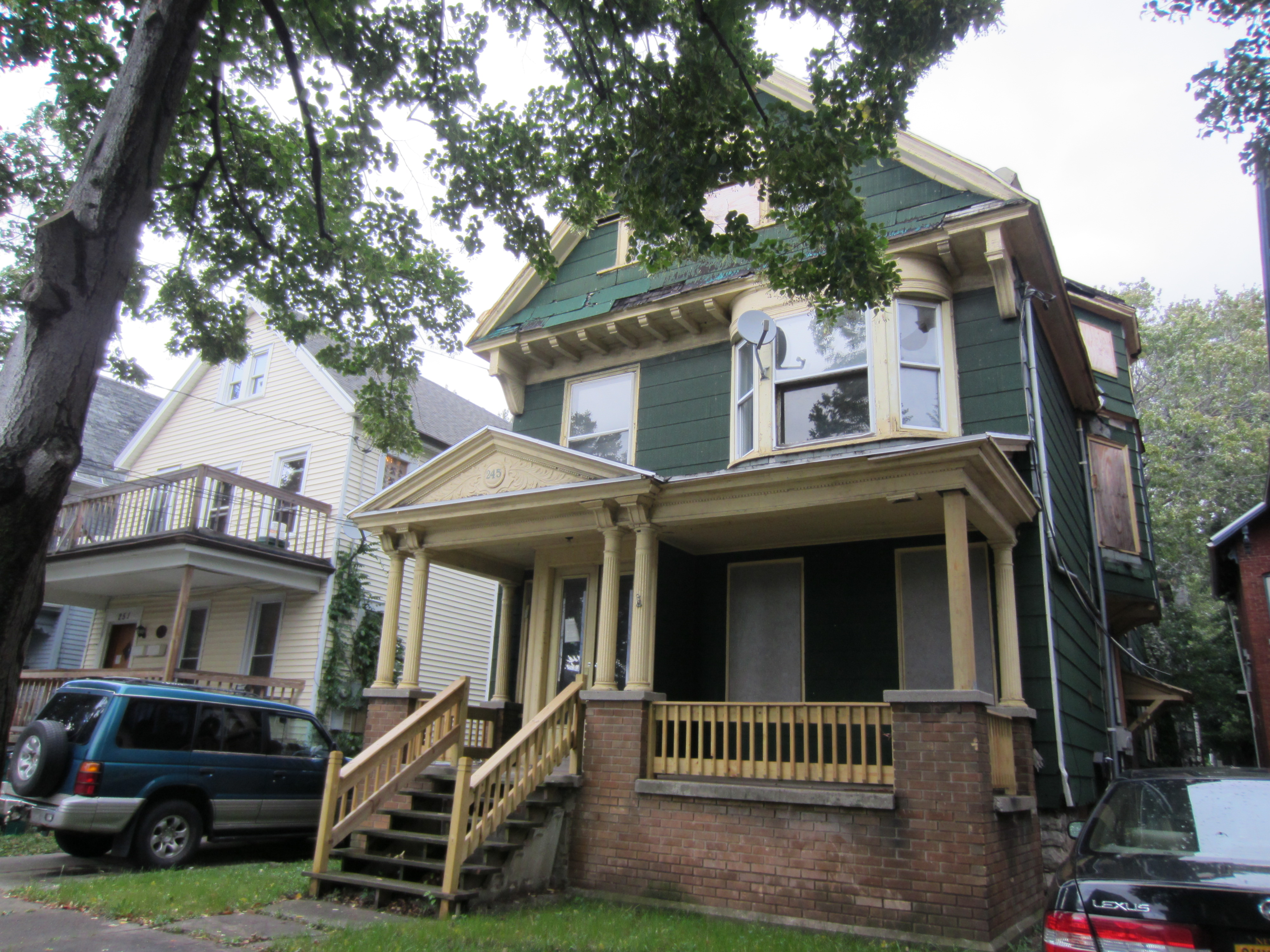Buffalo Urban Renewal Agency

Client:
Buffalo Urban Renewal Agency
Location:
Buffalo, NY
Services Provided:
Site-Specific HASPs
Environmental Database Search
Aerial Photography Review
Sanborn Fire Insurance Map Review
Historical Topographic Map Review
Review of City Directory Abstracts
Vapor Encroachment Screen
Lead, Asbestos, Mold Surveys
Phase I Environmental Site Assessments
CORE performed Phase I Environmental Site Assessments (ESAs) for the properties located at 21 S. Ryan Street and 245 Dearborn Street in Buffalo, New York for the purposes of potential property transactions. The Phase I ESAs were performed to identify recognized environmental conditions (RECs), historical recognized environmental conditions (HRECs), controlled recognized environmental conditions (CRECs), and/or potential environmental concerns (PECs) in association with the target properties or adjacent/nearby properties. The ESAs were performed in accordance with ASTM International (ASTM) and United States Environmental Protection Agency (USEPA) guidelines and statutes. In addition, CORE was asked to prepare Health and Safety Plans (HASPs) for each property prior to completing any on-Site activities. The contract also required surveys for lead-based paint (LBP) and asbestos-containing materials (ACMs) at the properties, as well as ASTM-compliant mold surveys and Vapor Encroachment Screens (VES). CORE performed a records review, utilizing an Environmental Data Resources, Inc. (EDR) Report to determine the presence of any environmental liabilities associated with the property. In addition, CORE reviewed aerial photographs, Sanborn Fire Insurance Maps, historical topographic maps, and City directory abstracts describing historical uses of the target properties and adjacent/nearby properties. The Phase I ESA for the property at 21 S. Ryan Street identified a REC in the form of possible groundwater impacts and soil vapor intrusion issues from an upgradient dry cleaning facility that was a known point source of impacts to the subsurface and soil vapor in nearby residential areas. As a result, CORE determined that it was likely that a VEC existed with respect to the target property, causing degraded indoor air quality (IAQ) in the overlying structure on the property. The results of the Phase I ESA indicated that a Phase II Environmental Site Investigation (ESI) should be performed to evaluate the possibility that these impacts had migrated to the target property. The Phase II ESI would include an evaluation of soil, groundwater, soil vapor, and IAQ at the Site.